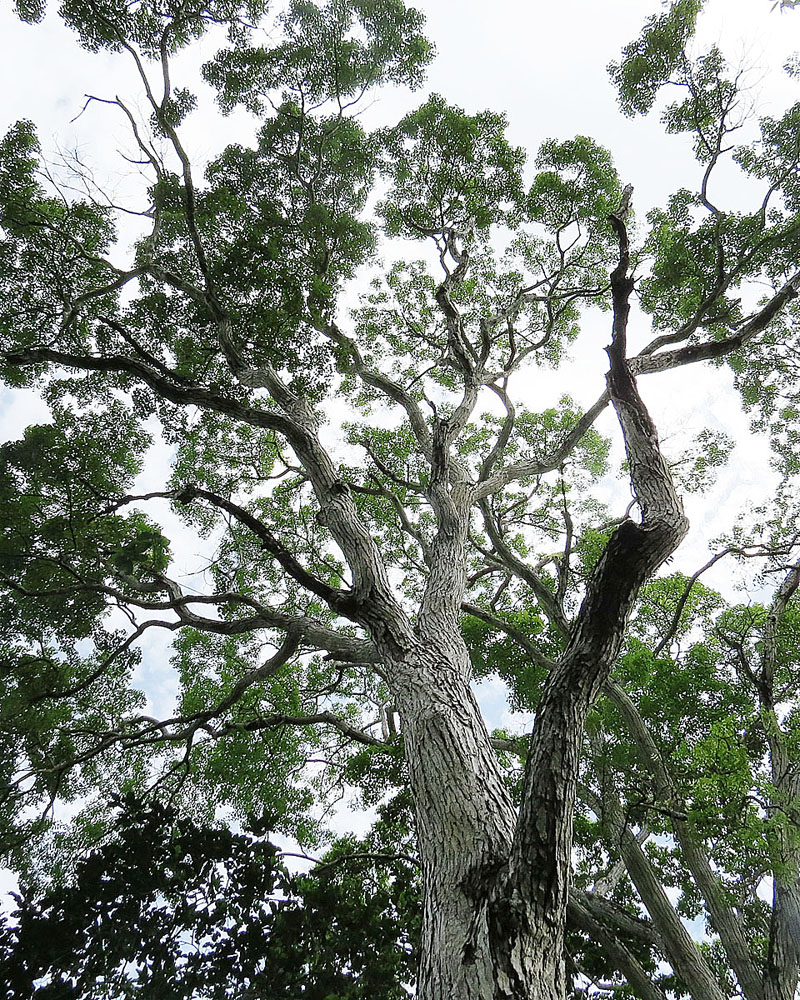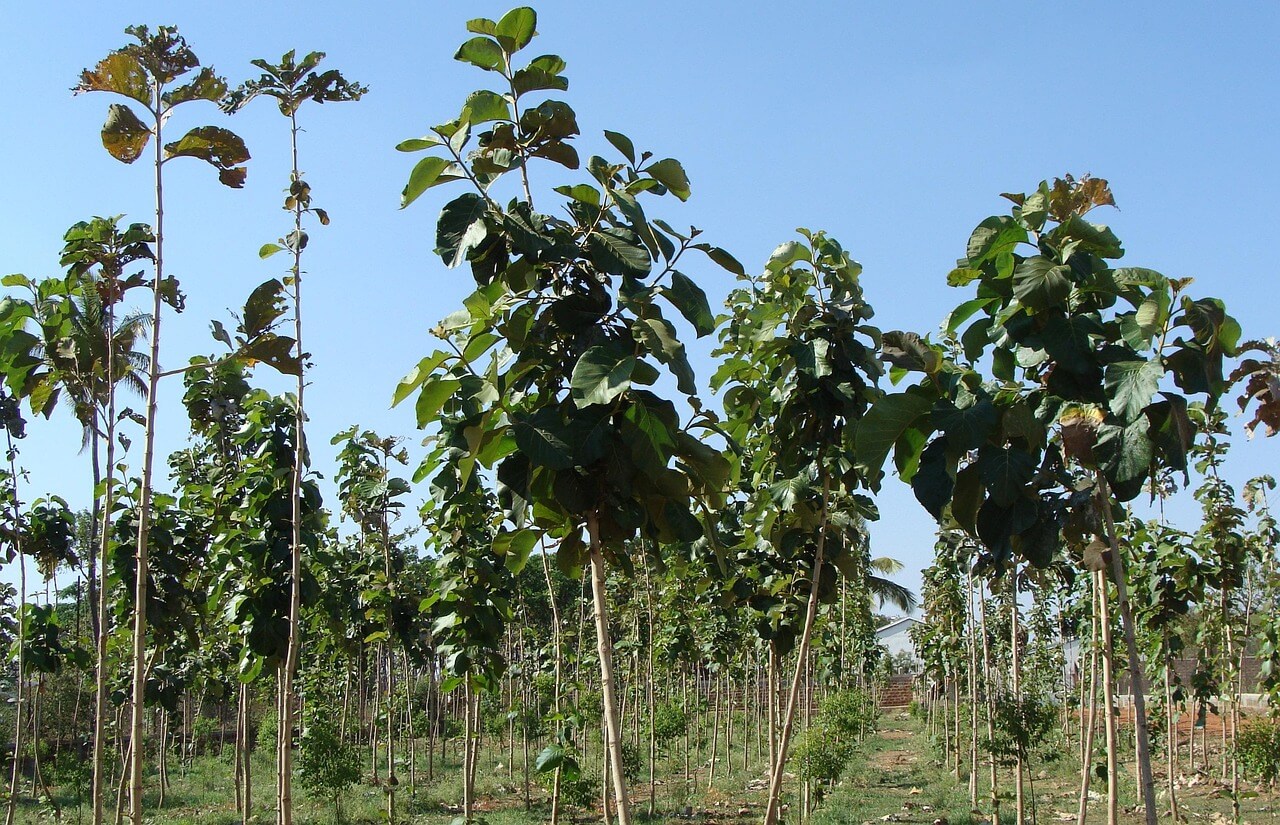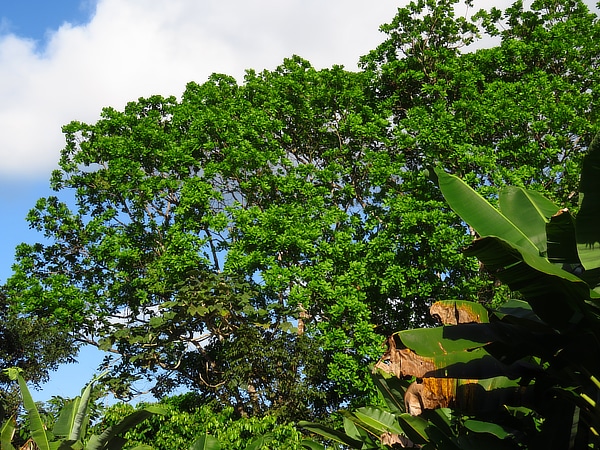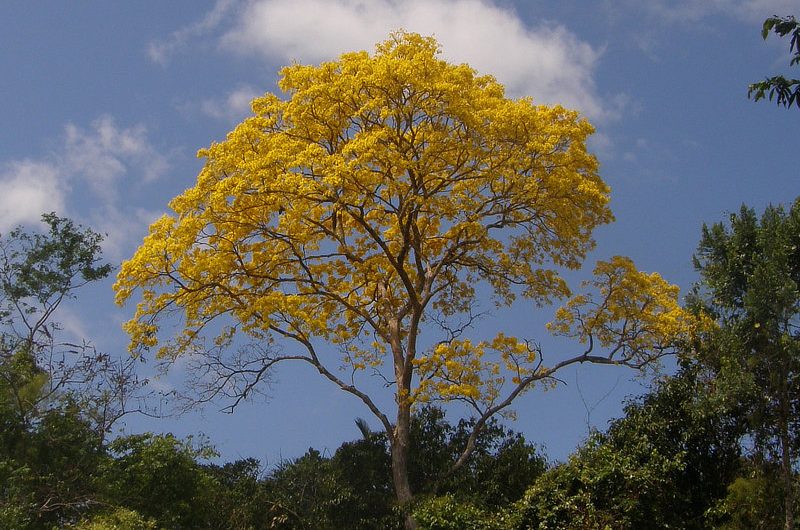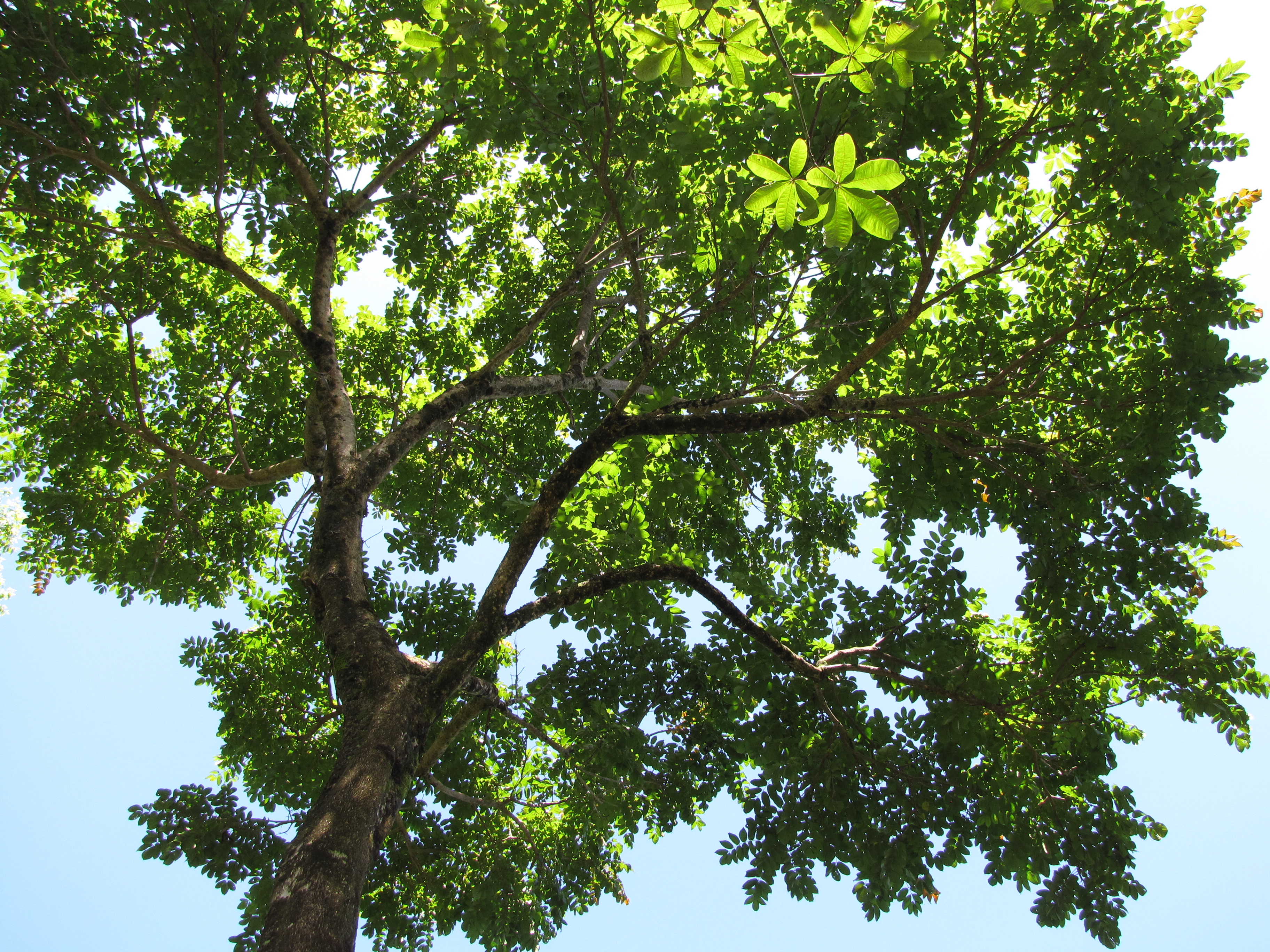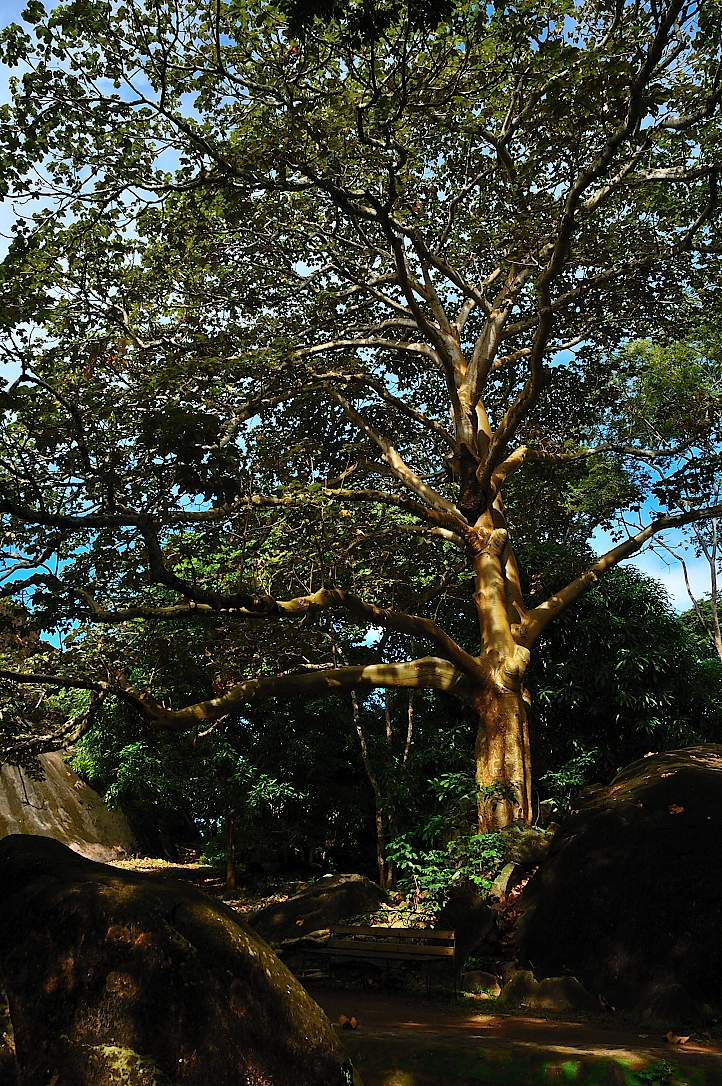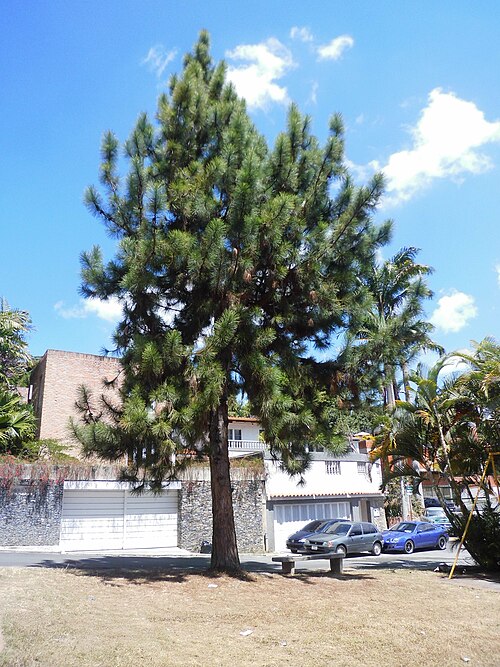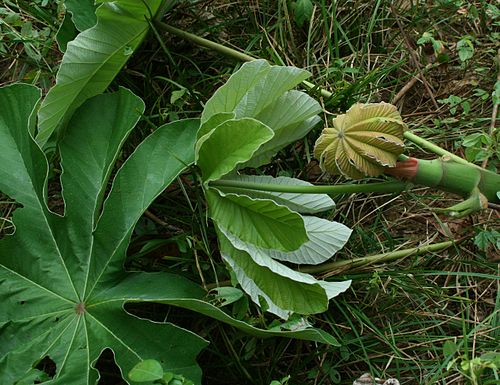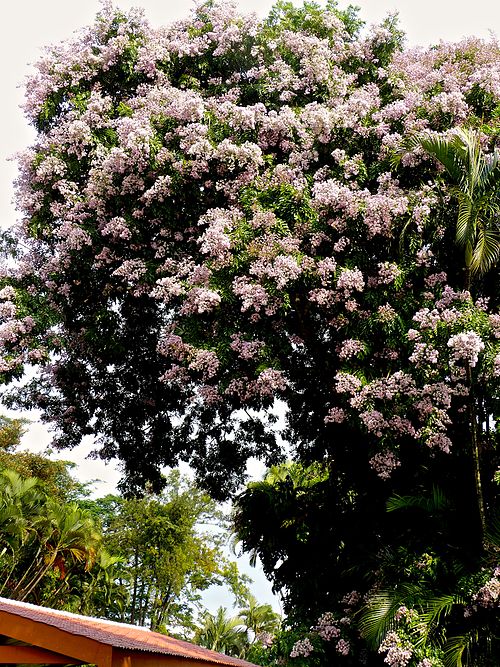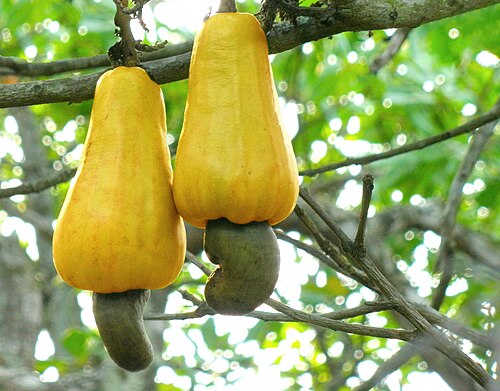Carbon Footprint Offset Calculator
How many trees do you want to plant to offset your CO₂?
Select one of the options below or enter a custom amount to see how many trees you need to plant
Equivalent to:
Average household electricity use for 5-6 months
Equivalent to:
Average person's annual carbon footprint
Equivalent to:
Driving a typical petrol car for 43,500 km
Equivalent to:
A family of 5's annual carbon footprint
Equivalent to:
31 round-trip flights from Amsterdam to New York

